Oct 2014
Sri Lanka is an island country; 65,600 square km in size (90 times as large as Singapore); with 21.7 million people (4 times as large as Singapore); and GDP of $ 305 billion pa (half as large as Singapore). Big, not dense, and not rich.
Sri Lanka has evidence of pre historic human settlements dating back 125,000 years; and gets mentioned in Indian epics written 2,500 years back. Its recorded history starts with the arrival of Prince Vijaya in VI century BC with followers expelled from Bengal in India.
Indian Emperor Ashoka’s son Mahinda brought Buddhism to Sri Lanka.
Barring 60 years of rule by Cholas of South India, Sri Lanka was ruled by its monarchs for over 2,000 years. The Portuguese colonised Sri Lanka in 1504; Dutch in 1658; British in 1796. Sri Lanka became an independent country in 1948.
Sri Lanka has 103 rivers, 45 estuaries, and 40 lagoons; and claims a sea zone that is approx 6.7 times its land area.
Sri Lanka is 75% Sinhalese, 15% Tamil, 10% Muslims. Sri Lanka suffered a 26 years civil war (between Sinhalese and Tamils) that ended only in 2009.
Colombo is the capital of Sri Lanka.
Colombo (means “port on the river Kelani”) is 223 square km in size; has 5.6 million people and has been an important maritime trading post for centuries.
The Independence Square is one of the most celebrated public places in Colombo. This is where Sri Lanka celebrated its independence and commencement of self rule in 1948. It is also the venue for celebration of annual National Day and other public events. It houses the Independence Memorial hall and the Independence Memorial Museum.
Independence Square
The Bandaranaike Memorial International Conference Hall is another celebrated venue where global and national conferences are held. Quite close to it is the famous replica of Avukana Buddha statue. The original, sculpted in 5th Century, is located in Anuradhapura. The statue has Buddha holding a variation of Abaya mudras.
Replica of Avukana Buddha Statue
The Beria Lake was originally built as a huge moat around the colonial fortress to prevent other colonisers invading Colombo. Later, the lake became smaller and a much needed lung space in the centre of the city providing awesome photo spots for tourists.
Beria Lake
Quite close by is the Viharamahadevi Park (known during colonial days as Victoria Park). Someone worked quite hard to ensure the new name reflects national sentiments and yet is not quite dissimilar to the old one.
Viharamahadevi Park
Located on the banks of Beria Lake is Colombo’s much celebrated Gangamaya Temple (built in XIX century) for worship of Buddha. The Hindus too have various colorful temples in Colombo. One eye-catcher is the Arulmigu Subramania Swamy Temple (built in XIX century again) for the reigning deity “Kathirgamar”. The tower is 24 metres tall with seven tiers.
Arulmigu Subramania Swamy Temple
Technically speaking, Colombo is not the capital of Sri Lanka. One of Colombo’s suburbs, “Sri Jayawardenepura Kotte” is the capital of Sri Lanka. Colombo is the commercial capital of the country; and the town hall is the prima donna of public buildings in Colombo. It has been serving the city from 1928.
Town hall
Madu Ganga (a water course that widens into Madu Ganga Lake and eventually drains into Indian Ocean) has more than sixty four islets near its estuary providing an excellent wetland ecosystem. A boat safari through the water course and marshlands is an awesome experience.
Boat cruise in Madu Ganga River through mangroves
Boat cruise in Madu Ganga River through mangroves
Boat cruise in Madu Ganga River through mangroves
This retail business in wetlands would not sink and go under
Budhvihar in its own islet in the river
Seemingly motionless Water Monitor Lizard keeps an eye on things
Sri Lanka suffered a massive Tsunami wave in 2004 that left over 35,000 dead and property worth billions damaged. The Tsunami Honganji Viharaya was built at Paraliya in memory of the dead. The statue of Buddha in the memorial is an exact replica of the 5th Century 175 feet Bamiyan Buddha State destroyed by Taliban in Afghanistan. The replica was created using well known sketches of the original.
Tsunami Honganji Viharaya Buddha Statue
Sri Lanka is probably the only country in the world where you can see an elephant (the land based giant) and a blue whale (the sea based giant) on the same day. The town of Pinnawala has a 25 acre orphanage for elephants that takes care of more than a hundred elephants (across three generations of the animals). It is fun to see the elephants march to order every mid morning to have a bath, and play in the nearby Maha Oya River.
Pinnawala: Young adult checking us out for bananas
Bath and play time in Oya River
Bath and play time in Oya River
Bath and play time in Oya River
Nuwara Eliya is a picturesque colonial hill station about 175 km from Colombo referred to by locals as “Little England”. The drive from the base of the hill to the top is quite picturesque.
Drive to Nuwara Eliya: Knuckles Mountain Range
Drive to Nuwara Eliya
Nuwara Eliya: Gregory Lake
Nuwara Eliya: Tea estate
Kandy is about 120 km from Colombo. The “Sri Dalada Maligawa”, a Buddhist temple in Kandy houses the relic of the tooth of the Buddha. The tooth relic was originally held in Kalinga in India. The relic was smuggled into Sri Lanka in IV century by Princess Hemamali and her husband Prince Dantha at the request of the then Monarch of Sri Lanka. Since then a legend has sprung around the relic suggesting whoever is in possession of the relic would get to rule Sri Lanka. The relic was housed in various places in various centuries and moved to its current location in XVIII century.
Sri Dalada Maligawa
The Sacred tooth under the Dome
Galle the coastal town at the southern end of Sri Lanka is about 150 km from Colombo. The Galle Fort was built with twin walls (and a gap in between) so that invaders who manage the tough climb from the sea would end up facing well rested soldiers atop another wall a few feet away and a deep chasm to navigate through; vulnerable targets with no ability to offend. The Portuguese thought this would keep the Dutch away; the Dutch hoped this will keep the English away; The English hoped this will keep the Japanese away; and modern day Sri Lanka hopes the fortress will bring tourists in unhindered. The last alone has been fulfilled.
Galle Sea wall
Galle Fortress, light house, clock tower, and watch tower
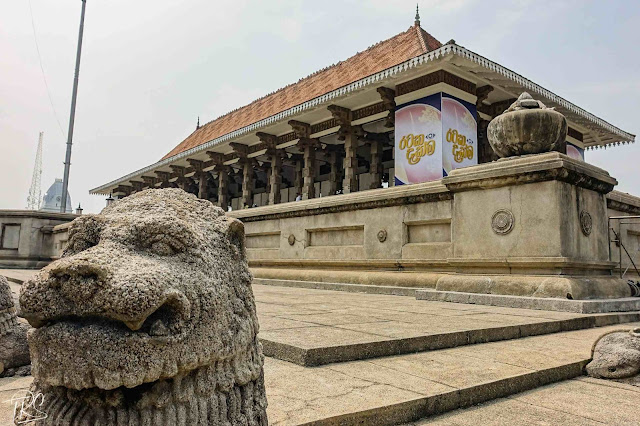



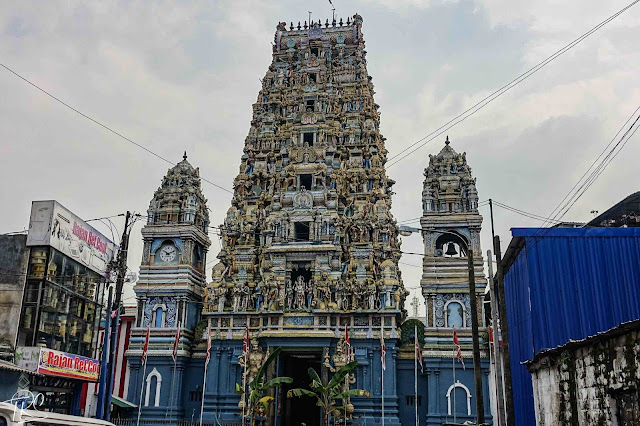


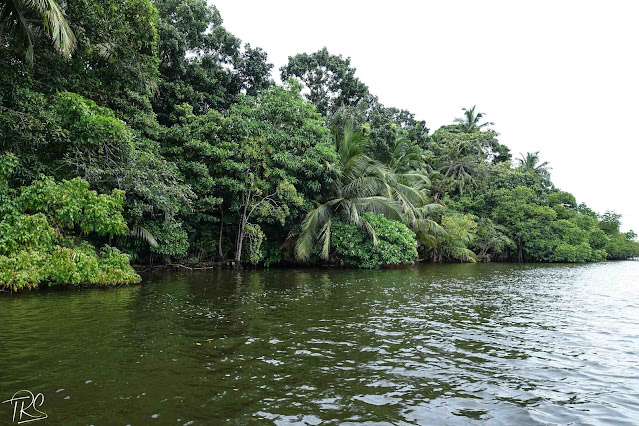
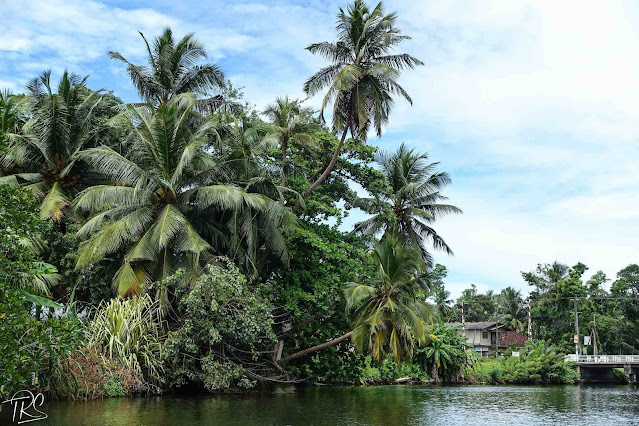




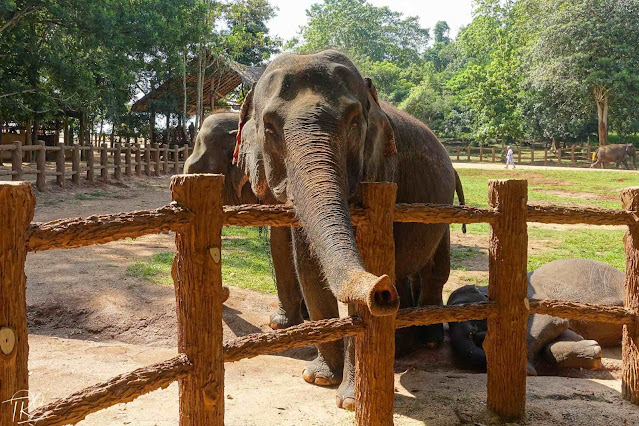











No comments:
Post a Comment
Please leave your comments here.